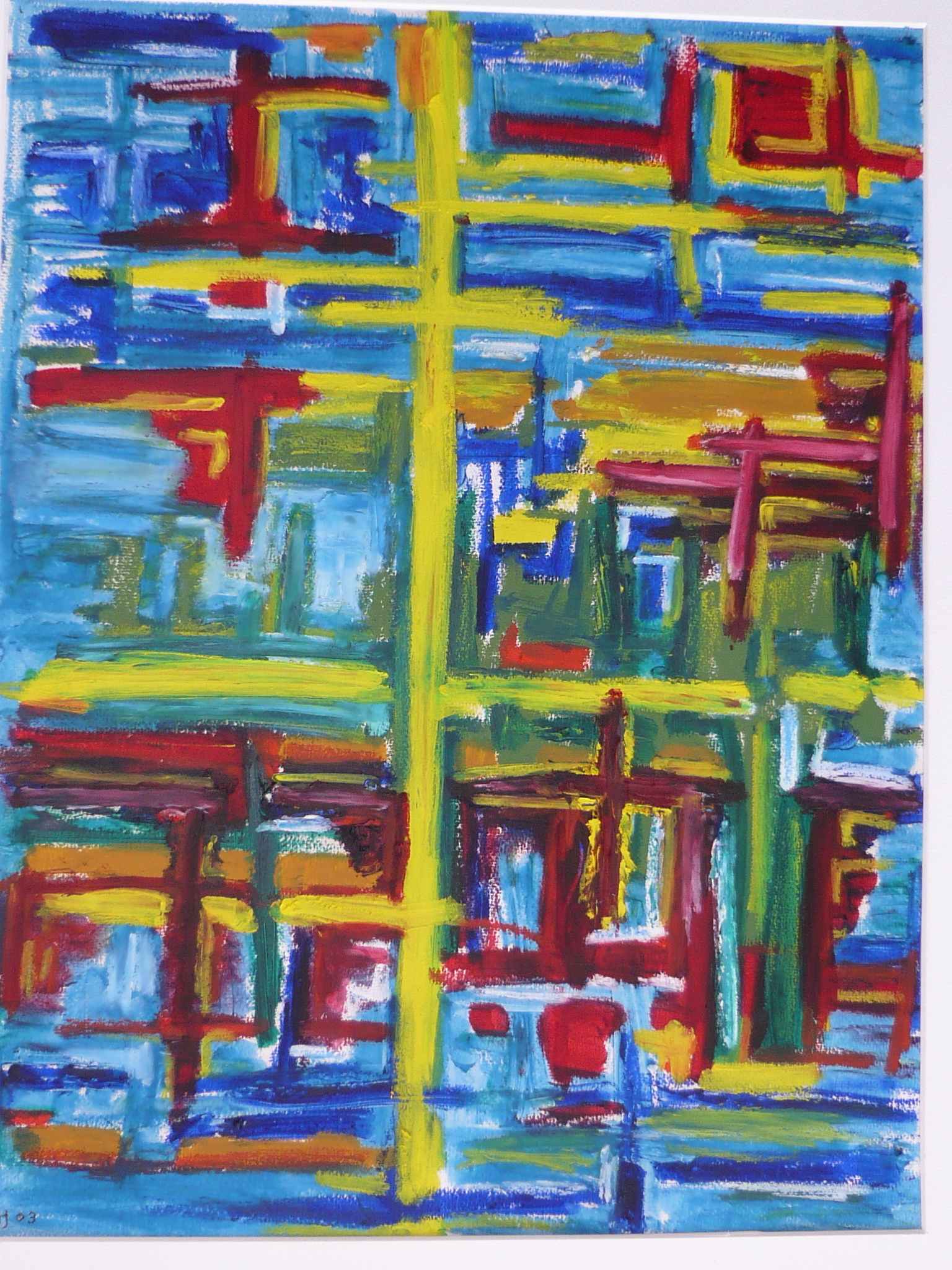| Department of
Mathematics Imperial College London South Kensington campus London SW7 2AZ Office: Electrical Engineering Building - EEE1201 Tel: +44 (0) 20 759 49853, Fax: +44(0) 20 7594 8517 Email: h.jensen@imperial.ac.uk |
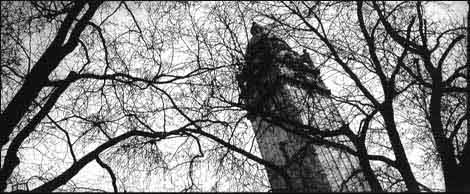 |
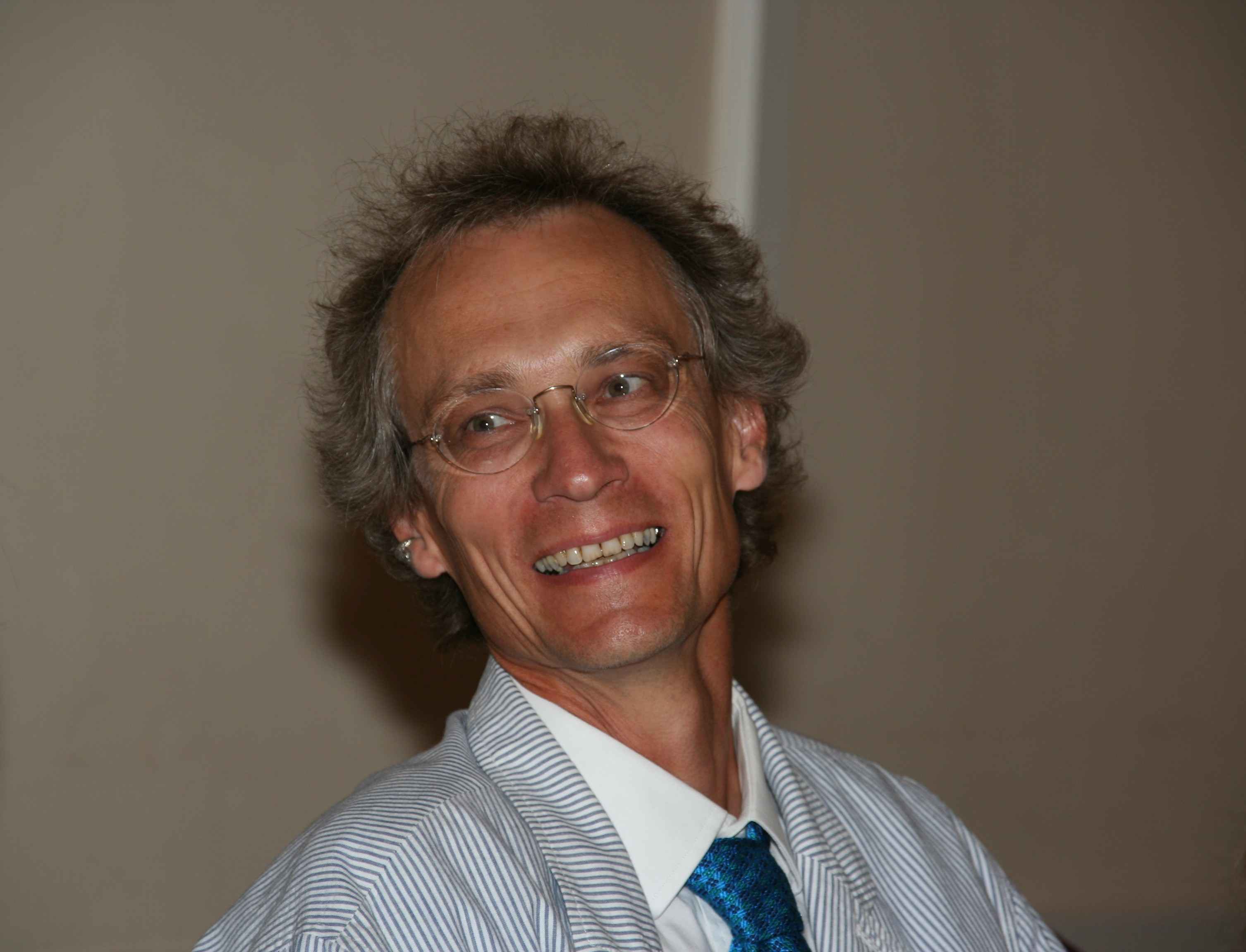 |
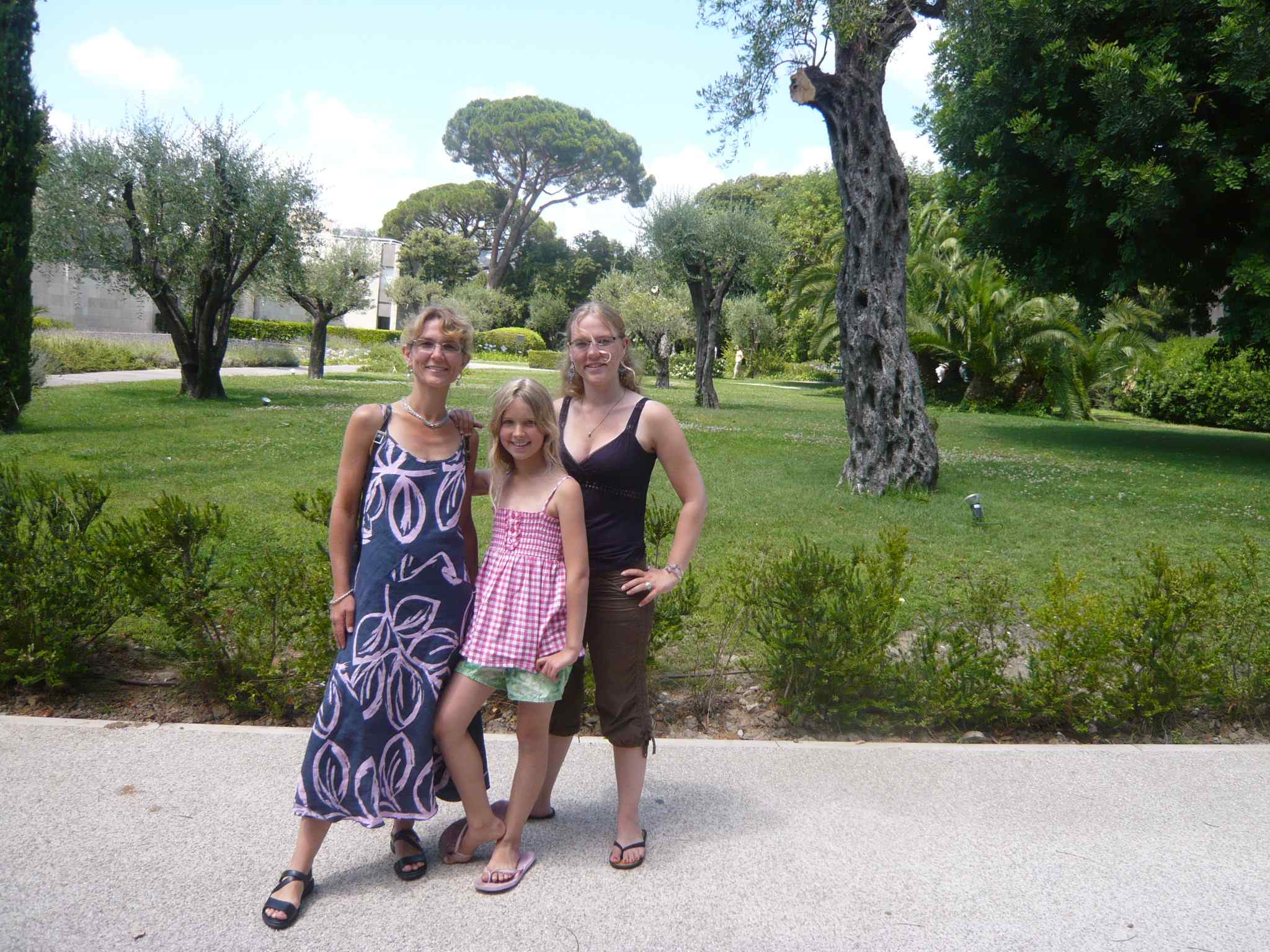 |
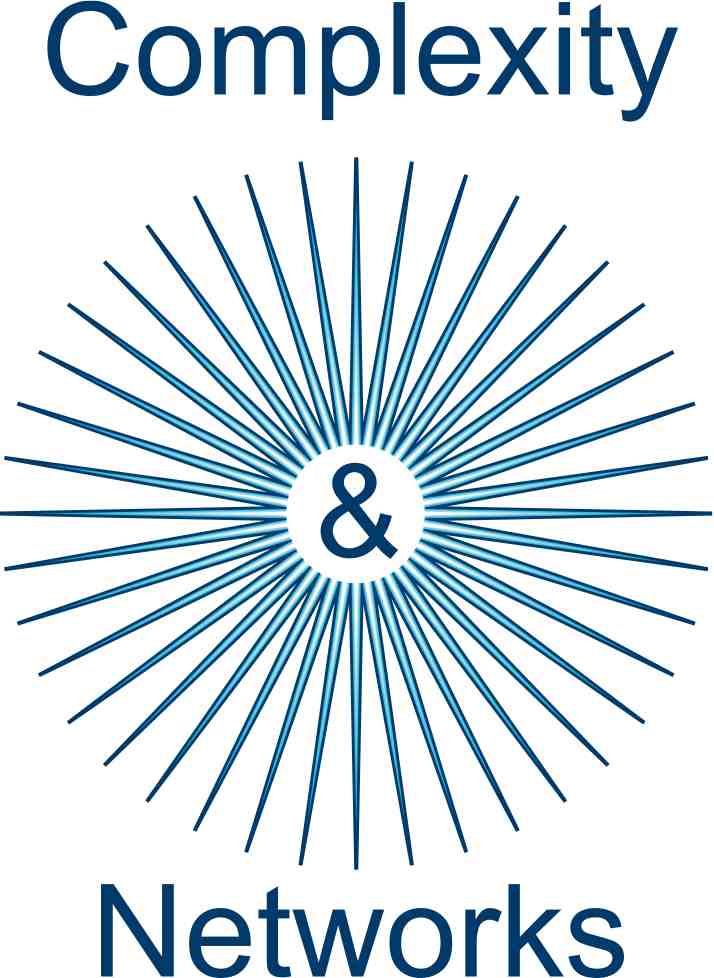
For Imperial College Centre for Complexity Science click here
Why do we do science?
For the same reason as Glenn Gould plays piano:
The purpose of art is not the release of
a
momentary ejection of adrenaline but
rather the gradual, lifelong construction
of
a state of wonder.
Glenn Gould
There are no such things as
applied sciences,
only applications of science.
Louis Pasteur
We shall not cease frome exploration
And the end of all our exploration
Will be to arrive where we started
And know the place for the first time.
T S Eliot
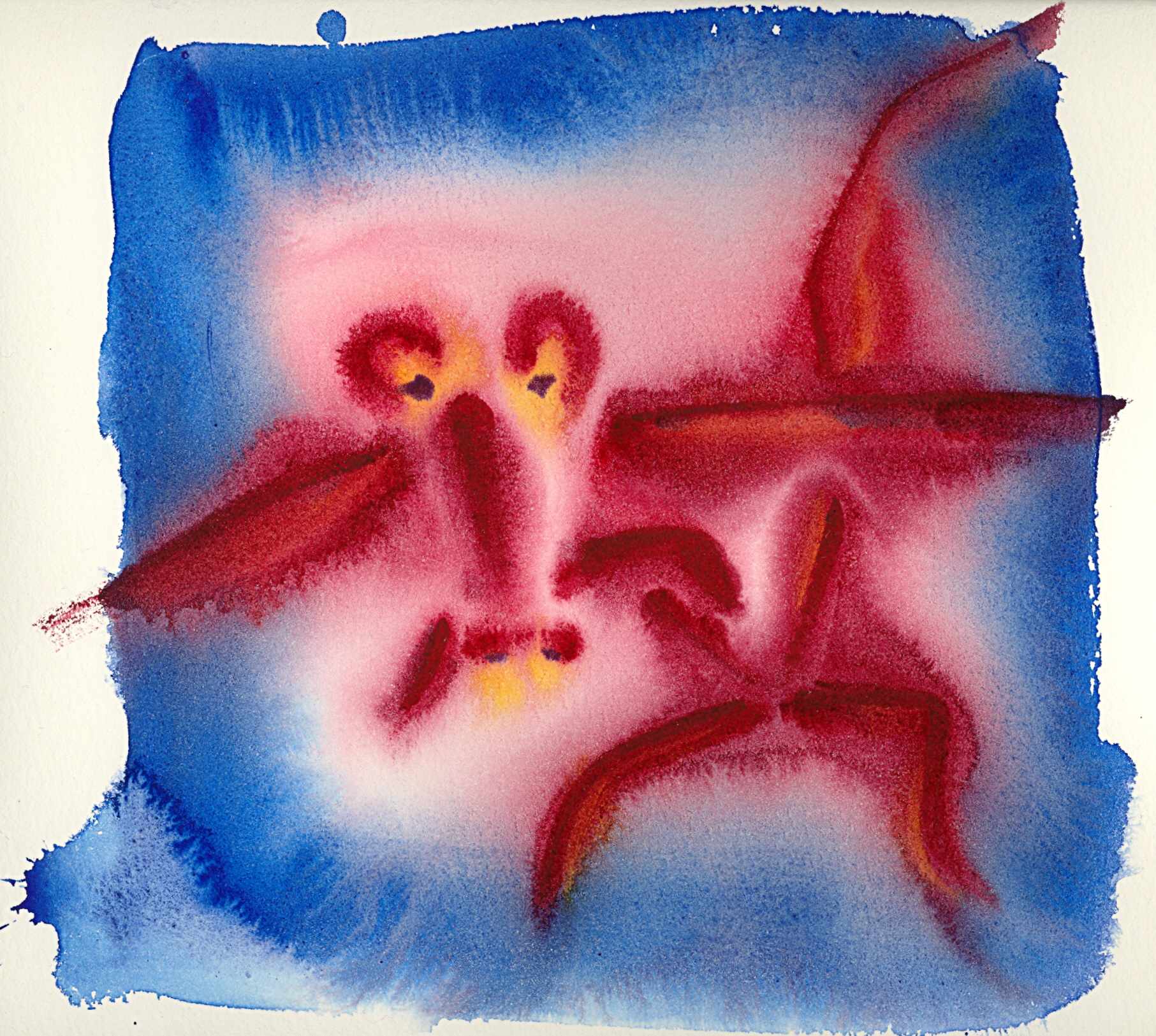
HJJ08
On the relationship between painting and art
Talk presented at INTERNATIONAL CONFERENCE EXCELLENCE: EDUCATION & HUMAN DEVELOPMENT, ATHENS, GREECE, 1 - 4, 2009
Interdisciplinary Science Reviews, 27, 45 (2002).
Music and painting
Two videos with
music composed by Eitan Altman
and paintings by Henrik Jeldtoft Jensen
Watercolour and Acrylic
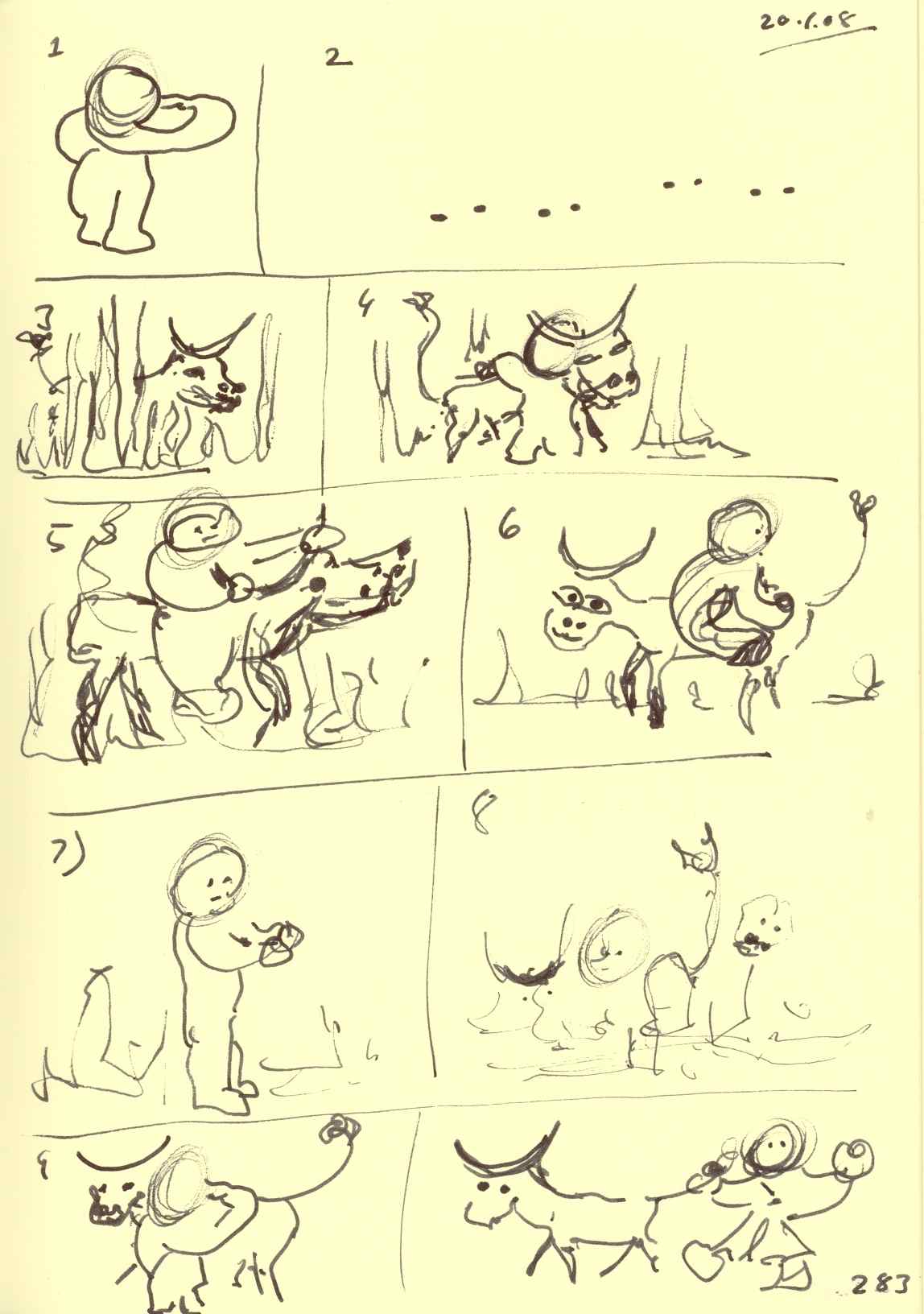
Oxherding - HJJ08
An essay on the true emergent nature of time
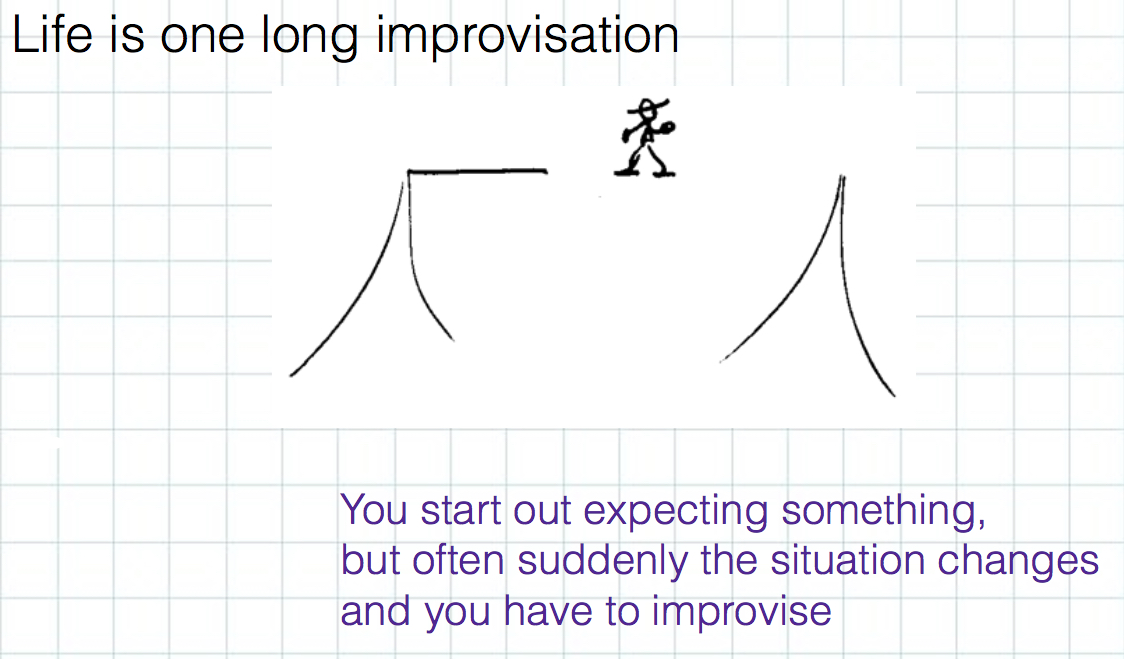






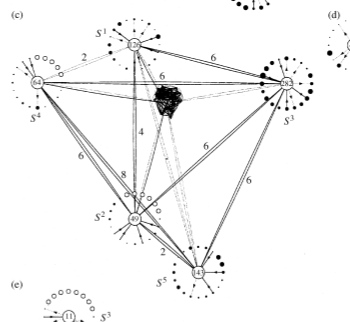
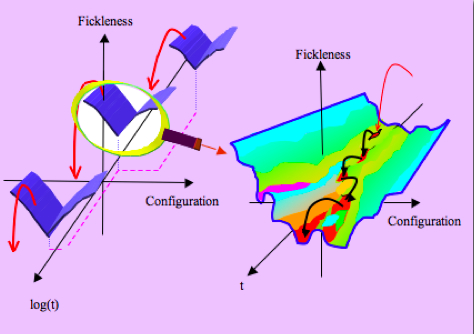
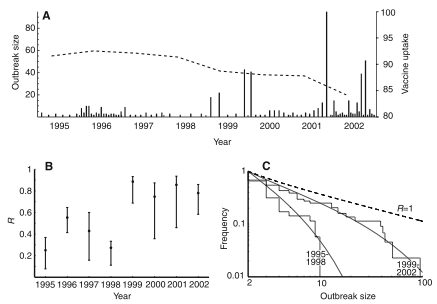
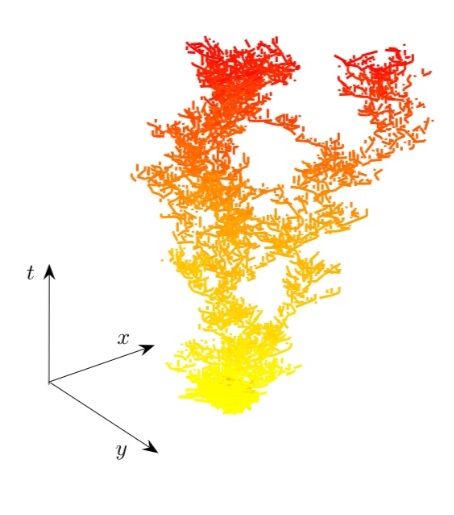
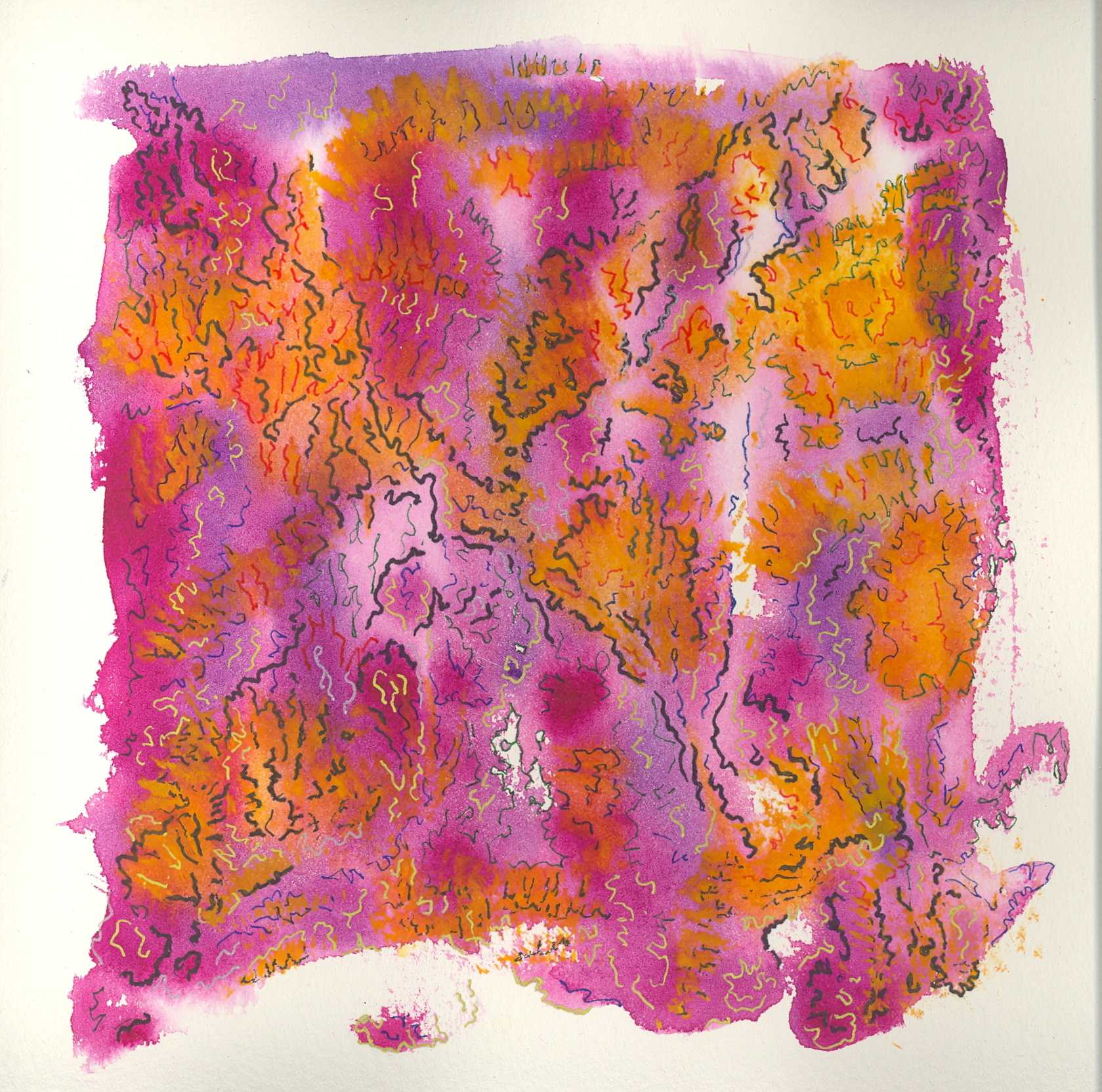
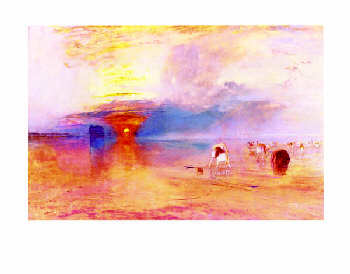 Turner
Turner
